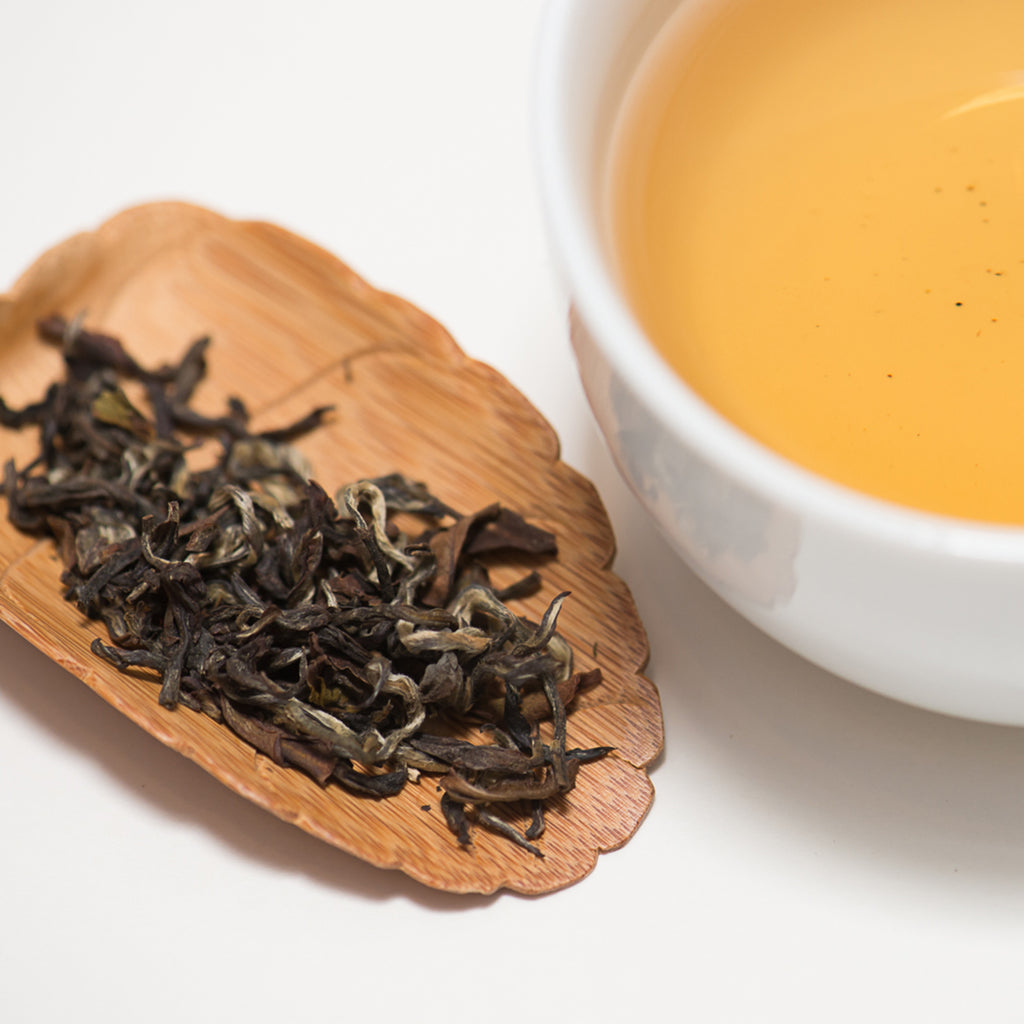
Differences Between First Flush, Second Flush and Autumn Flush
You might have heard us use the term first flush, second flush and autumn flush particularly when talking about teas from Darjeeling and Nepal. What do these terms mean? Very simply they are used to distinguish different tea productions on the basis of seasons.
First flush is tea picked and manufactured during March-April. (So you are hearing a lot of first flush talk right now). Second flush is picked and manufactured in June-July and the autumn flush, as suggested, is tea that is picked and manufactured during October-November.
Tea character by flushes
Depending upon the flush teas have different characters in terms of appearance, body and taste. First flush has a lighter appearance both for its leaves and the made cup. The leaves of a first flush look largely green, so much so that it can be easily mistaken for a green tea if you are not familiar with it. In the cup the tea liquor appears pale, anywhere from amber to light golden hue. Far from a typical black tea.
The body of a first flush tea is delicate with flavors that can include floral (wild flowers), fruity (peach), grassy and earthy notes. First flush teas also tend to have a bit of astringency that provide a wonderful balance and crispness to the cup.
Steeping first flush teas at 176F (temperature that is normally reserved for green teas) for 3 minutes, using about 3 gm for 10 oz of water produces the best results.

Second flush tea is a product of early summer. The tea from this season is considerably darker compared to first flush. Appearance wise it is more like a typical black tea. The leaves are dark brown and grey. A cup of second flush tea appears dark amber.
The body of a second flush tea is mid to heavy with aroma that ranges from nutty to fruity. There is one much sought after flavor note in second flush tea which is described as muscatel. It is supposed to be reminiscent of the muscato grapes. Notes that are commonly ascribed to second flush teas are almond, chocolate, earthy, rose, biscuit, plum.
Steeping second flush tea at 195-200F, for 3 minutes, using 3 gm to 10 oz of water, produces the best results.
Autumn flush tea looks quite a bit like second flush tea. Even taste wise they can appear very close and sometimes it is hard to tell them apart. Autumn flush tea is produced during October-November. The dry tea leaves look dark brown and grey like the second flush. In the cup, the autumn flush liquor has a bit of a coppery hue. The body can be a touch lighter than second flush.

For autumn flush tea the same steeping parameters used for second flush can be applied: 3 gm of tea for 10 oz water at 195-200F and 3 minutes steep.
Is "flushes" a universal term?
Very few things in tea are universally applied. Just like the various ways in which tea is consumed, tea manufacturing follows varied styles, standards and labels around the world. The term flushes are generally used for high mountain teas from the Indian sub-continent. In China, Taiwan and Japan the approximate term would be pre-Qingming, spring oolong and Sincha respectively. Taiwan is also popular for its "winter oolongs" which are produced during November.



